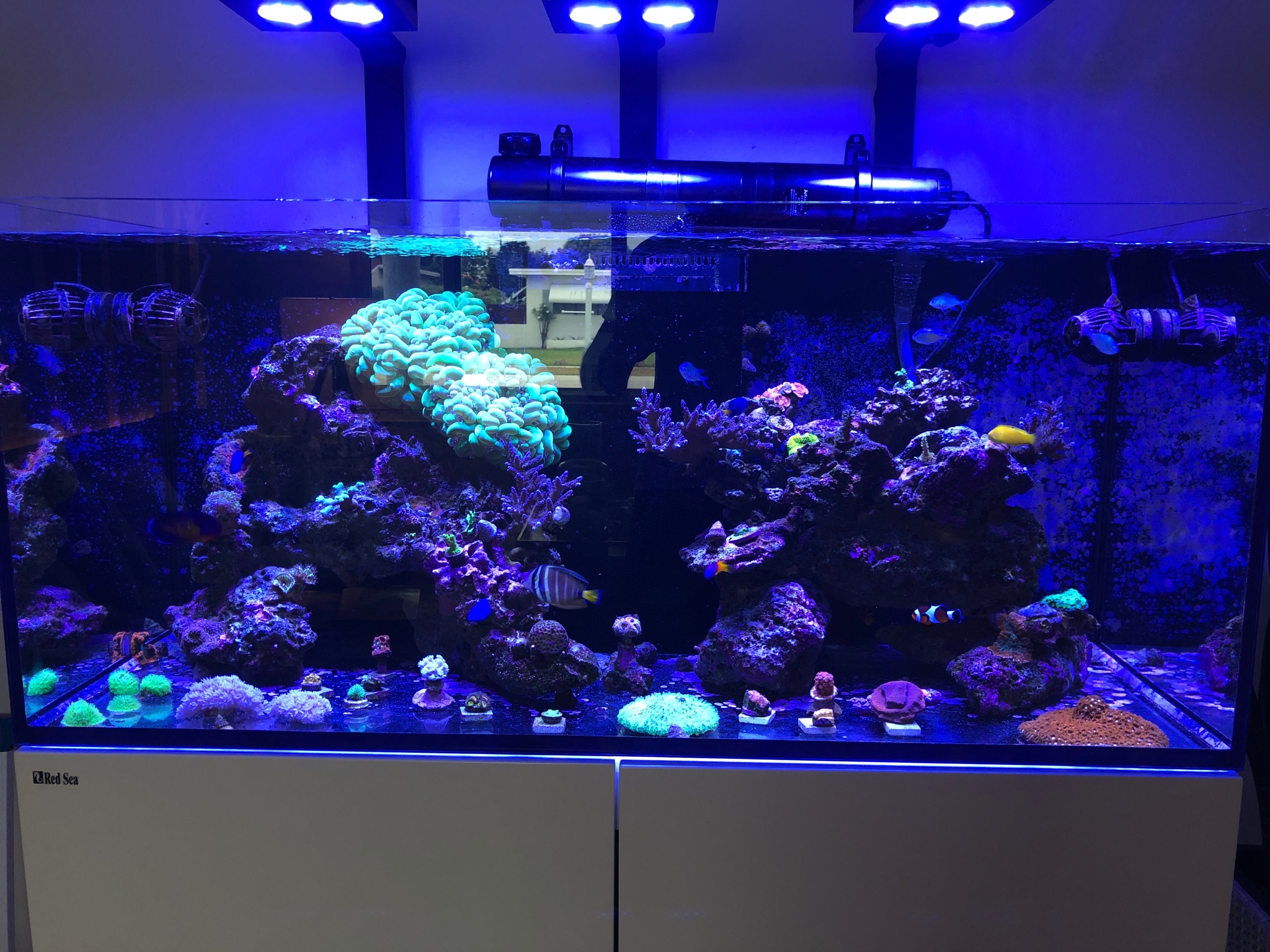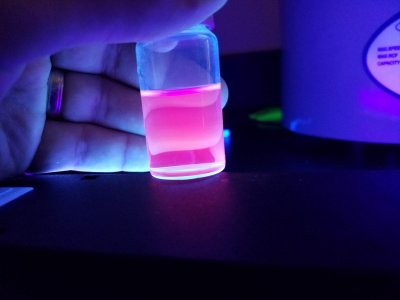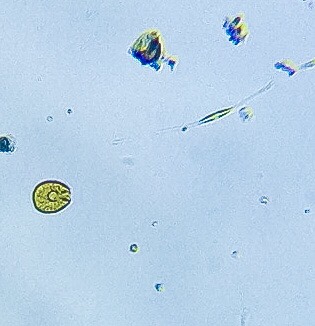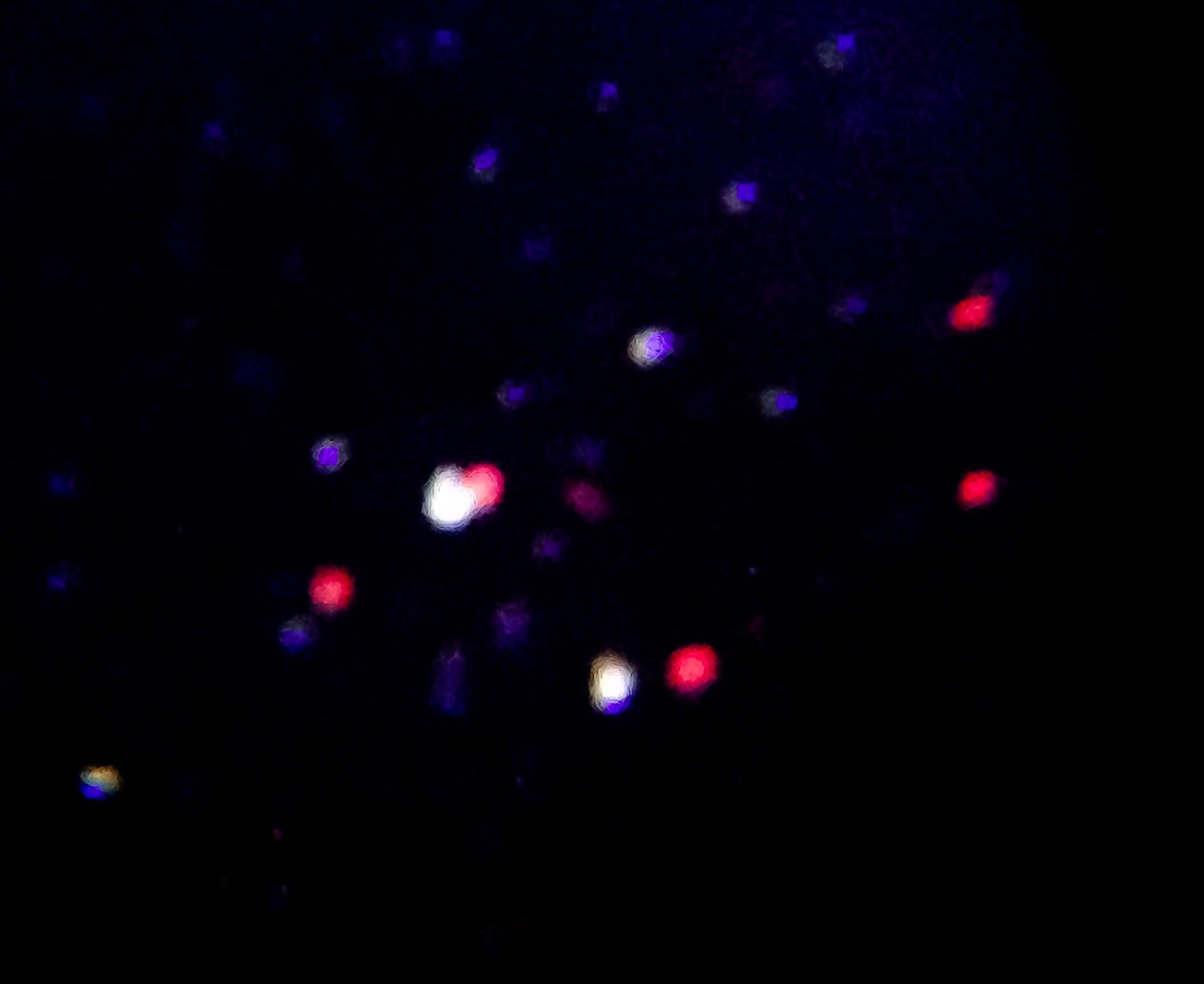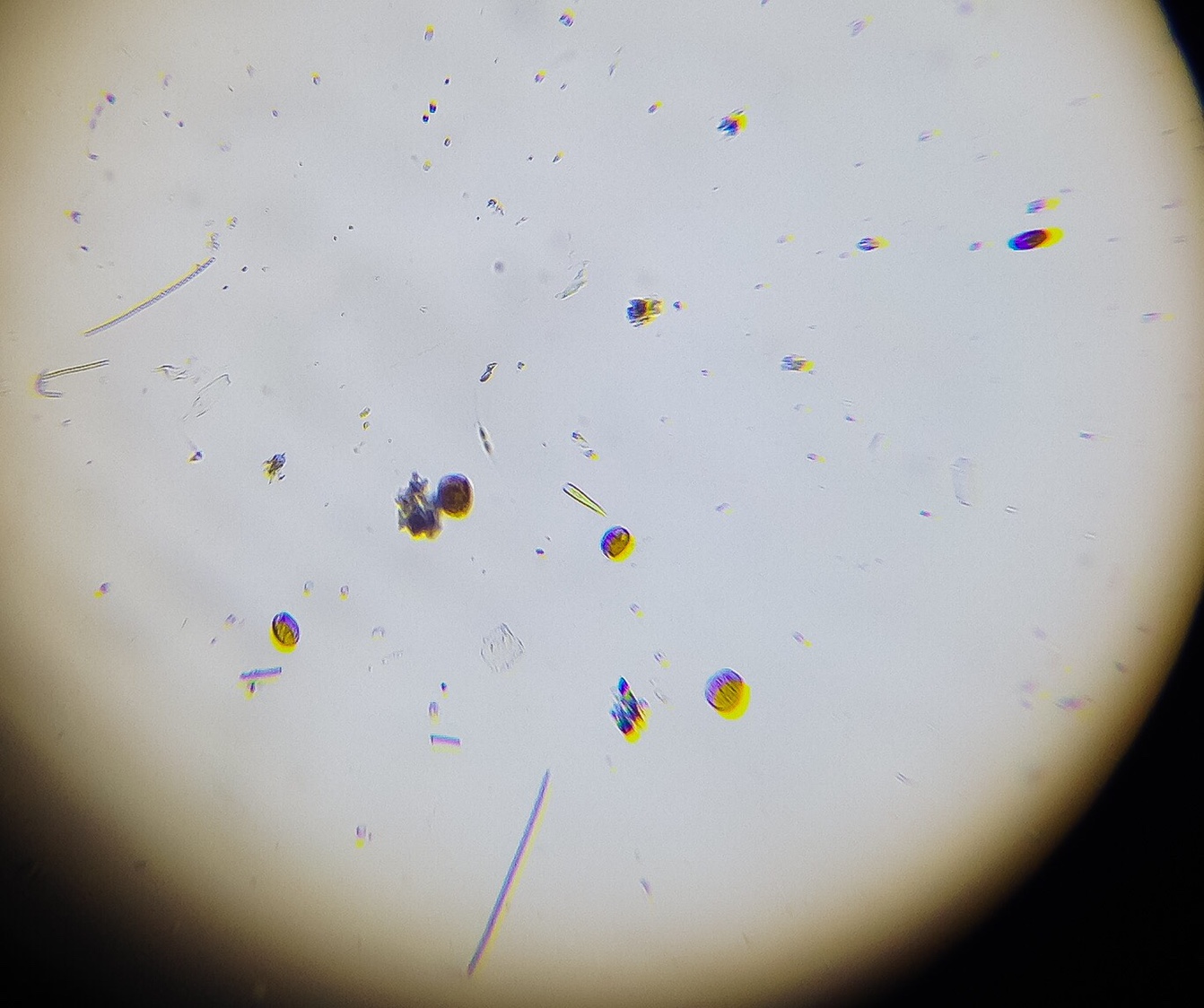- Joined
- Jan 22, 2018
- Messages
- 25
- Reaction score
- 38
Can I get an ID on these Dinos. They have been taking over my tank lately. I have elevated my Nitrate to 14 to 16 by dosing potasium nitrate and the Phosphate is .04 and I started dosing phosphates to get it a little higher. I have also been dosing hydrogen peroxide as well. I seem to have reduced the amount of dinos but they are still showing up. Here are a couple pictures of what I have in the tank. I haven't figured out how to load the video yet. What more can I do to get rid of these things??
Here is a video on that I was able to take.




